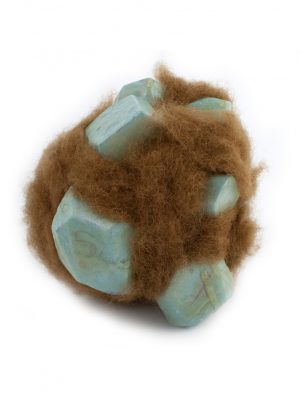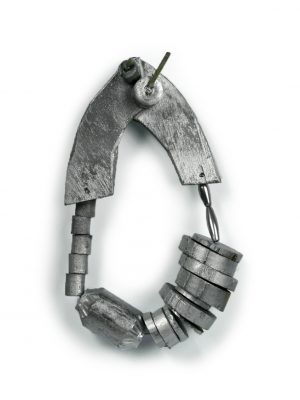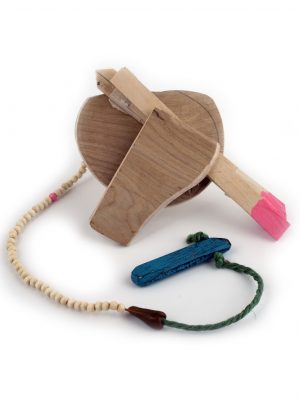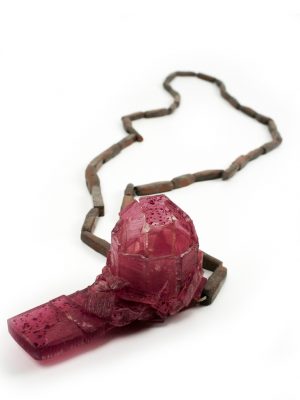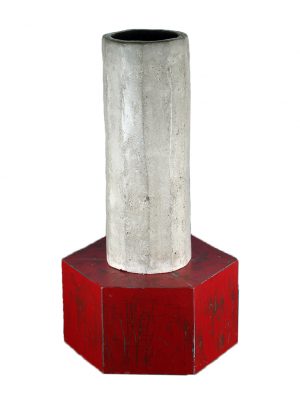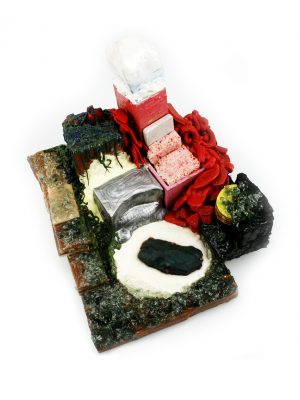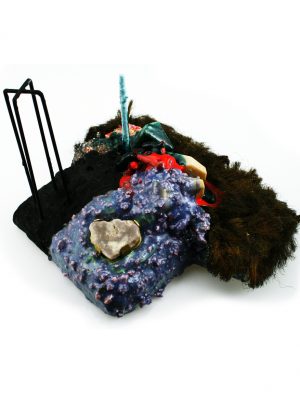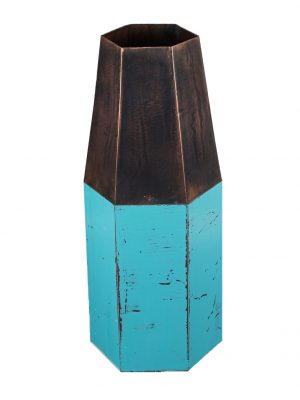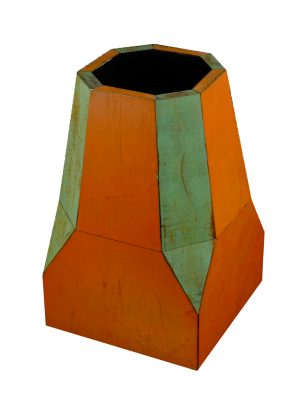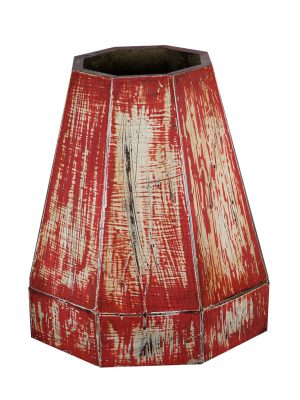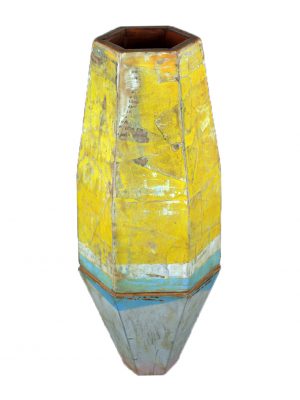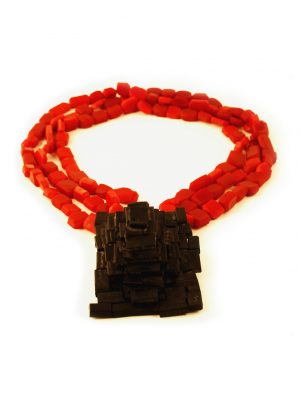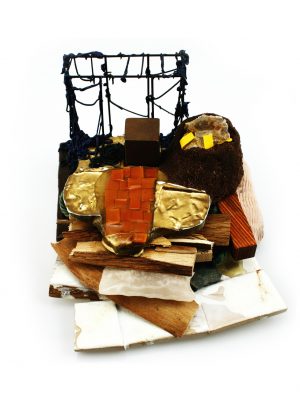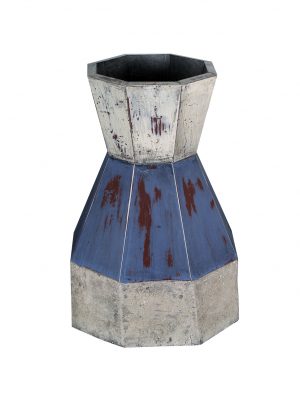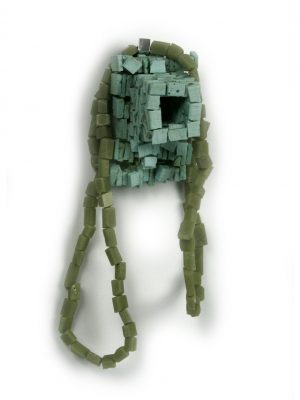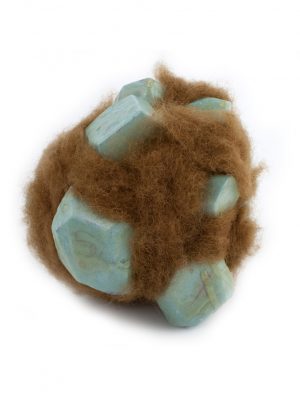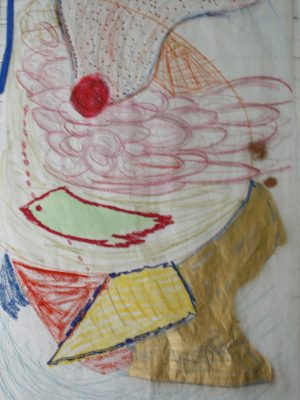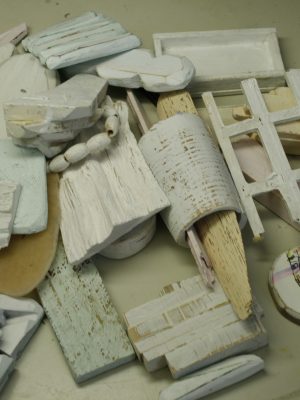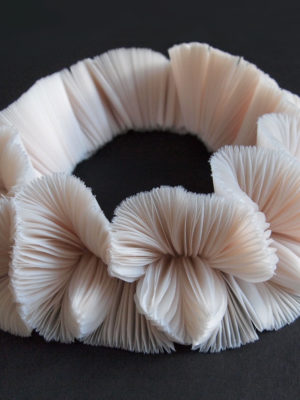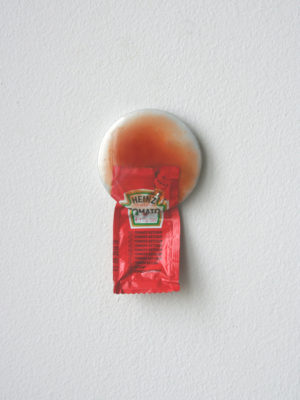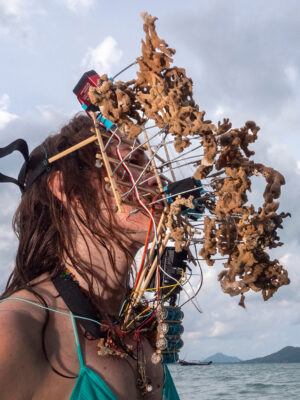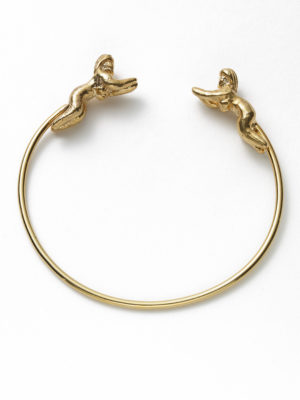CURRENT OBSESSION:
Let’s start with where are you from, your background and how you found your way through the choices of artistic expressions into jewellery.
Nick Mullins:
I was born and raised in Oklahoma. I attended Oklahoma State University (OSU) after high school. I was originally intended to pursue mechanical engineering, but after a semester I realized it wasn’t for me and that I was more interested in design than engineering. I then took a two year hiatus from school where I worked in auto-body shops. After two years I returned OSU and with an interest in studying Graphic Design. I took classes required ofart majors: 3-D Design, Ceramics, and Metals. I loved Ceramics but it was ultimately Professor Chris Ramsay in the Metals Department that led me to study Metals. I hated a lot of thing about Metals; the working style did not fit my personality. I like the fluidity of ceramics and I loved making vessels; Metal was flat and cold and small, nothing I ever liked. But the proffesor was so good he hooked me in, so I majored in Metals and minored in Sculpture. I soon got to like metals a little bit more, but it was never a love story. After graduation I was accepted to the University of Illinois for an MFA in Metal and I am currently in my third and final year of the program.
C.O.:
You make amazing vessels. I would like to hear about the Cooling Tower series. They are truly amazing. What is the connection between jewellery and vessels for you? What came first?
N.M.:
Thank you! This work was for my thesis show for my undergraduate degree. I had always loved vessels and the thought of making metal vessels is what kept me inspired while I pursued my major. I never wanted to make jewellery, I just wasn’t interested in it, so making vessels was the alternative I began with raising copper vessels, but they were too predictable – always round and copper and kinda boring. I’ve always been interested in things outside of my control, but raising vessels is all about control and I soon got bored. I was born in Muskogee, Oklahoma, a town that was built on oil money in the early 20th century; but, in the late 70’s the oil market in Oklahoma went defunct and the town started to die very quickly. In this town there were a lot of homes and industrial buildings that were dilapidated and vacant and they intrigued me; as I grew older I held onto the images of these buildings. When I got into metals and making art during my undergraduate years, my hunger for inspiration was insatiable, but the images of those buildings were in the back of my mind. I spent hours in the library and on the internet looking for objects and images that inspired me. I remember it was early one fall in the late afternoon on a Friday that I was in the OSU library looking at books. I often pulled books off the shelf at random from the art section; that afternoon I was in the photgraphy section. I bent down and grabbed a black book from the bottom shelf, opened it and found inside some of the most interesting photos I’ve ever seen. They were strange structures pictured in black and white and I couldn’t help but think they all looked like vessels. I knew right then that I had found what I was looking for and that I would make a set of vessels from this book; the book was Cooling Towers by Bernd and Hilla Becher.
C.O.: Tell me about the materials you use. The colors. You take the viewer along with you to a very joyful place, tell me about the driving forces in your work.
N.M.:
I have always been interested in materials. Working with wood runs in my family and I seem to have the same inherent attraction to it, I think because of its warmith and how easy it is to manipulate it and its weight. My vessels are actually made of wood and plated in steel. Color is something I’ve had an interesting relationship with also. I’m someone who thinks that art should be a mirror of the maker – if you are a happy cheerful type of person you should make happy cheerful art; it’s just more truthfull to the entire process. When I was making my cooling towers the images I was working from were in black and white, and eventually looking at these images depressed me; they were so bland. I knew I needed to add warmth to make these vessel a lot more true to me and I also wanted to use colors that were true to the environment of the object. For the cooling towers I used colors that are found in the industry. For my newer work with jewellery I’m interested in simply evoking a feeling and I feel like color can be a great tool to do that. The driving force in my work is just the need I have to create. I like to capture certain feelings and try to infuse those feelings into my pieces – excitment, play, confusion and memory loss are all feelings I like to play with and try to capture. I have memory problems and making work that serves as a monument of memory can be a driving force as well.
C.O.:
A more general question: tell me about the contemporary jewellery in the US, in the area you live in. What strikes you the most? How do you see your future?
N.M:
Ah, contemporary jewellery in the US… what a tricky question. To be completly honest, I think contemporary jewellery in the US is pretty boring right now. There is some work I like, but it’s found in small pockets around the country. Most of the US work that I like typically revolves around good graduate programs; I like the fearlessness of student work. I feel that a lot of the work I like is by the younger generation. I’m not really sure how the future looks… I graduate this coming spring and I will be looking for a teaching position or residency. The job market is so small right now and is extremely competitive.
